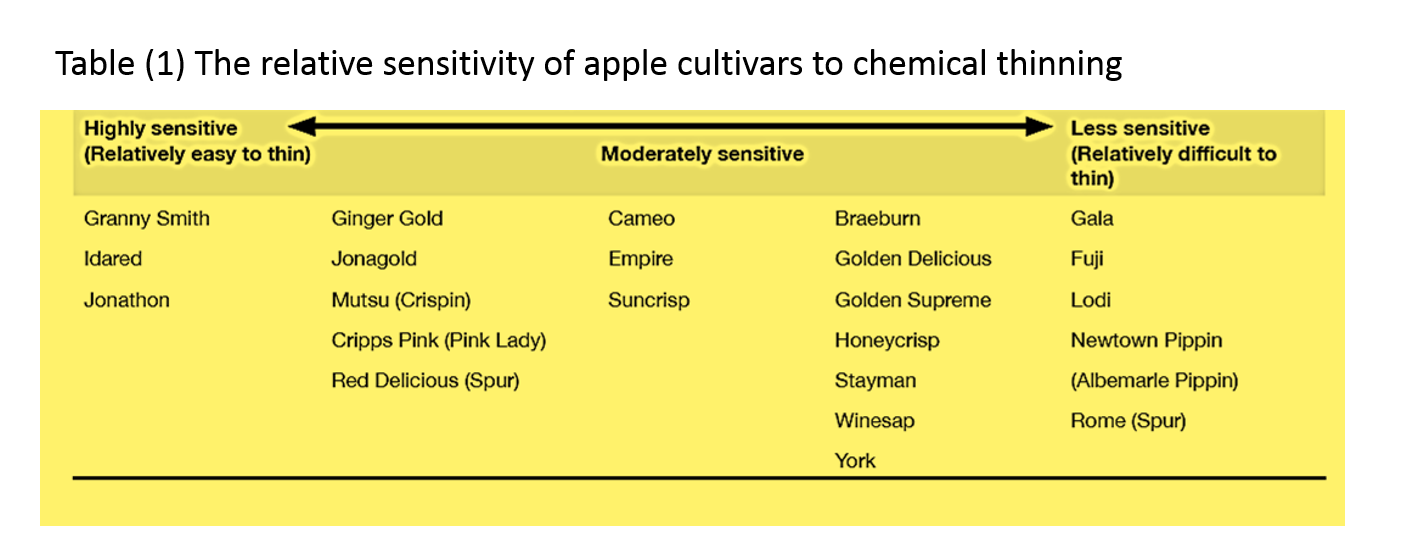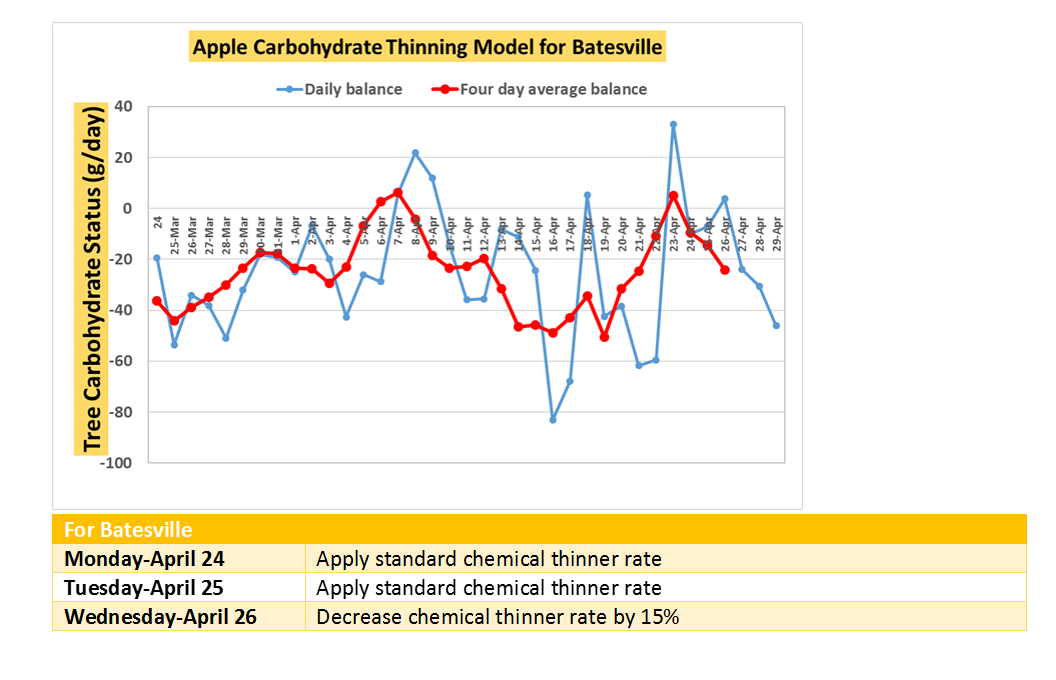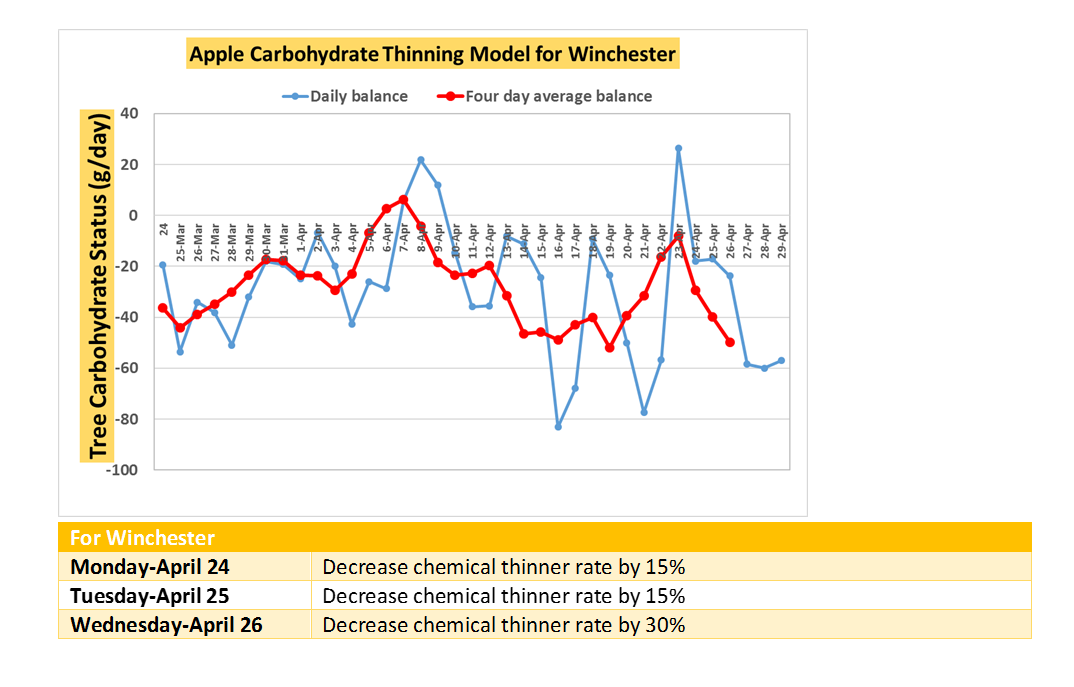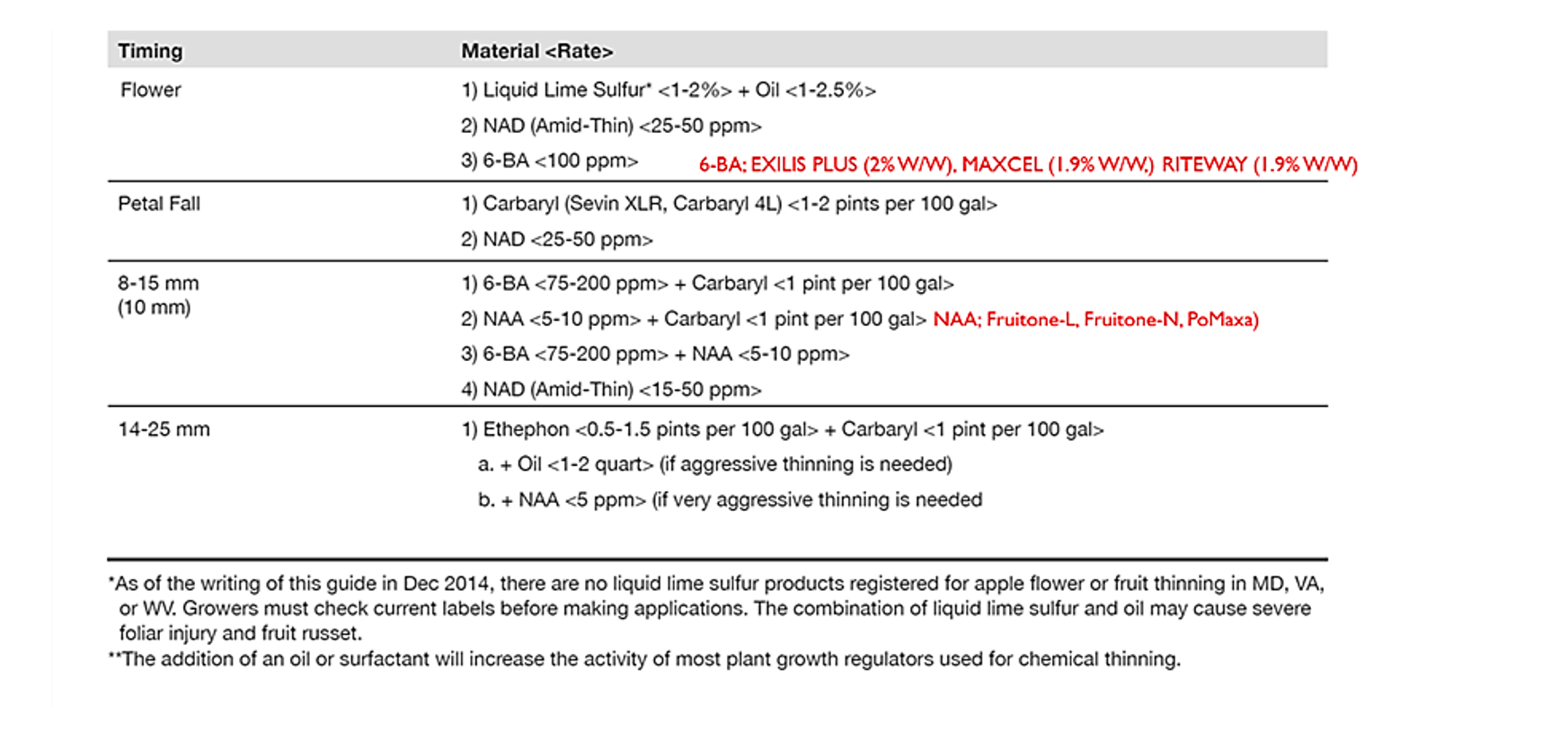The simple and direct answer is YES, BUT you have to consider the right time/conditions.
When you use sprinklers to reduce frost damage, you are simply using the internal (latent) energy of water molecules as a source of heat to your trees. Simply, water exists in three forms (liquid, solid (ice) and gas (vapor), and the transition among these forms can produce energy (exothermic) or consume energy (endothermic) as appears in the diagram below. So, when the air temperature is below freezing points (< 32 oF), and you use sprinklers, you indeed encourage the transition of water from its liquid phase into ice in order to release the latent energy into sensible energy (heat) that plant tissues can use to warm up. Great! Where is the problem?

There are three things you have to understand and consider in order to get this positive effect of sprinklers and not to harm your plants. First, you have to watch the wind. The Wind encourages the transition of the water from the liquid phase into the gaseous phase (vapor) and while this happens, heat in the air and around your plants will be consumed in an endothermic reaction. So, it’s always recommended that you don’t use sprinklers if the wind is above (10 mph). The table below (Table 1) should help you decide the amount of water needed (inches/h) under different wind conditions (mph) and under different temperatures.
Table (1): Amount of water (inches/h) that should be provided for frost protection under different wind speeds (mph). (U of Florida Ext. Circ. 287)

Second is the dew point: without putting complication to the topic, low dew points implies low humidity and if the dew point is too low, the water you add through sprinklers will be soon evaporated to compensate for the low air humidity and consequently cools down air around your plants. So, under moderate dew points, a part of water you add through sprinklers will turn into vapor and consumes heat and another part will turn into ice and produces heat, but AFTER SOME TIME, the net energy will be positive and you will get the benefit of using sprinklers. However, if the dew point is too low, it means that the air is too dry and it will take MUCH TIME to be saturated with vapor. During this time, the air temperature might reach to the critical temperature at which your buds/flowers will be damaged. In this case, sprinklers will cause more damage to your plants than without sprinklers. To help you decide whether sprinklers will be useful for your case or not, use the following table (Table 2) to determine the temperature at which you should turn on/off your sprinklers. If the dew point and the critical damage temperatures are not in the range shown in the table, don’t use sprinklers.
Table (2) shows the minimum temperature at which sprinklers should be turned on/off (UC-Davis, FP005 Quick Answers).
Simply, select the critical temperature for frost damage (the columns) and the dew-point temperature (the rows). The temperature where the row value crosses with the column value is the minimum air temperature at which you can turn on/off your sprinklers.

– you can use this tool to determine the dew point (https://www.weather.gov/epz/wxcalc_rh).
Or, you can get the dew points from Intellicase (use your zip code) http://www.intellicast.com/Local/Weather.aspx?location=USVA0837
The third thing to consider is the amount of water that your sprinklers can provide. If you are not sure that your sprinklers can provide sufficient amount of water, don’t use them at all. Table (1) should help you determine the amount of water required under different conditions.












